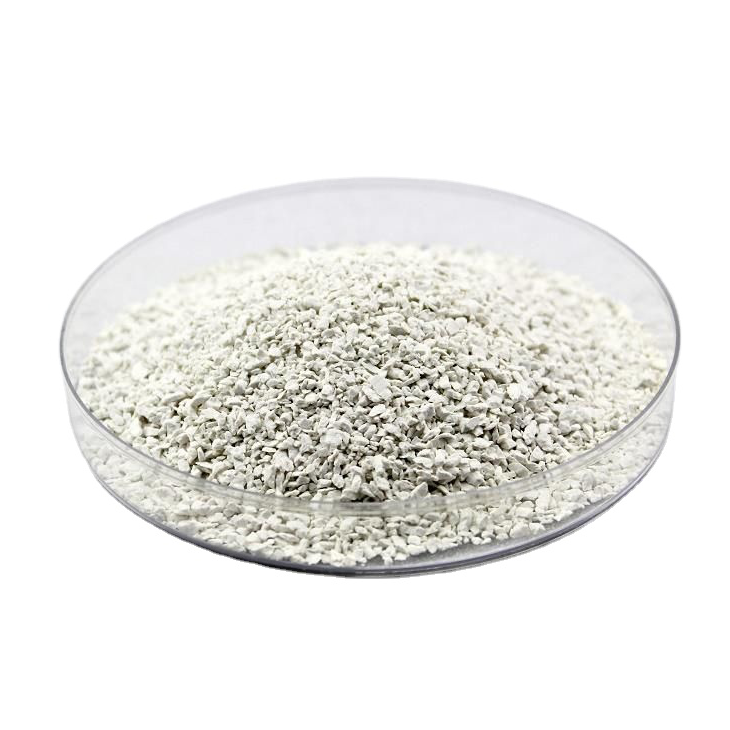What Should We Do When Calcium Hypochlorite Leaks
Leakage Emergency Treatment
Isolate the contaminated area of leakage and restrict access. It is recommended that emergency personnel wear dust masks (full face masks) and protective clothing. Do not contact spills directly. Do not contact the spill with reducing agent, organic matter, flammable material or metal powder.
Small Amount of Leakage
Avoid dust, collect in a dry, clean, covered container with a clean shovel, and transfer to a safe place.
Large Leakage
Cover with plastic sheeting and canvas. It is then collected for recycling or transported to a waste disposal site for disposal.
Operational Handling and Storage
Operation Precautions--Closed Operation, Srengthen Ventilation.
Operators must be specially trained and strictly abide by the operating procedures. It is recommended that operators wear a headcover-type electric air filter dust-proof respirator, tape protective clothing, and neoprene gloves. Keep away from fire and heat. No smoking in the workplace. Keep away from flammable and combustible materials. Avoid producing dust. Avoid contact with reducing agents and acids. When handling, light loading and unloading should be done to prevent damage to packaging and containers. Do not shock, impact and friction. Equipped with the corresponding variety and quantity of fire equipment and leakage emergency treatment equipment. Empty containers may have harmful residues.
Storage Precautions-- Store in a Cool, Ventilated Warehouse.
Keep away from fire and heat. The temperature of the reservoir shall not exceed 30℃, and the relative humidity shall not exceed 80%. The package should be sealed and not in contact with air. It should be stored separately from reducing agents, acids, easy (flammable) substances, and should not be mixed. Do not store in large quantities or for a long time. Storage areas should be equipped with suitable materials to contain leaks.

